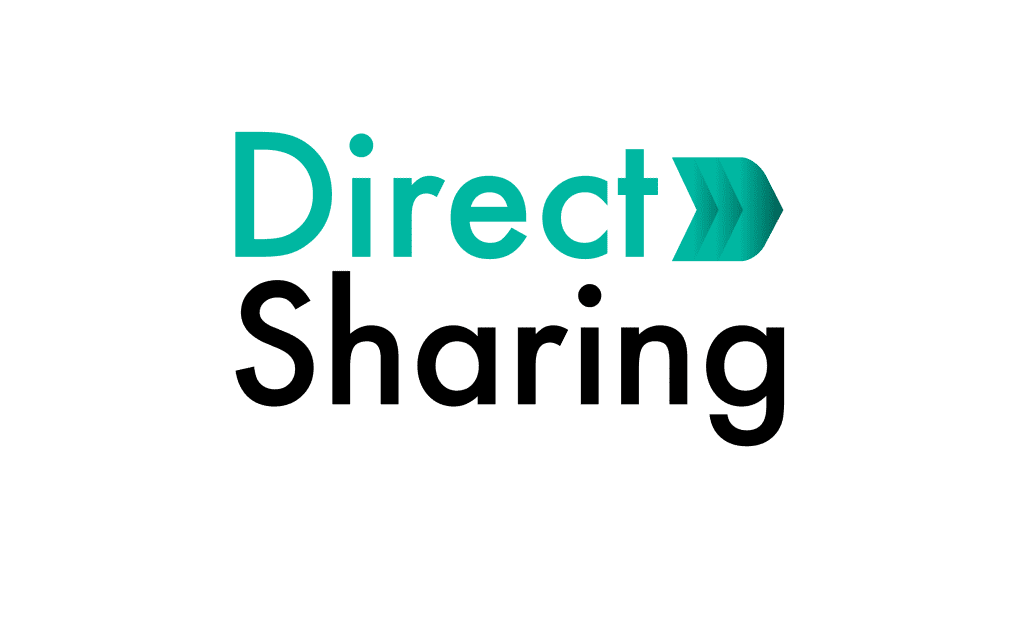Glacial geologists have been studying ice sheet shifts for years now. While most of this information used to be gathered through satellites focused on glacial sheets, scientists are now scouring underwater to see the distinctive changes they have made on the seafloor.

VarnaK/Shutterstock: Melting ice is a another problem we have to face
Many advancements in Sonar technology have made change-mapping of the seabed a possibility.
Researchers have come across interesting features like boulders and valleys made by shifting bodies of ice. A particular series of seafloor ripples have caught the attention of experts, and the findings so far point to a darker truth.
These ripples discovered from the Larsen Continental Shelf in Antarctica show that glaciers can melt at alarming rates. How is it happening?
Because the seafloor has eons of geological data etched in it, and they’ve dated the formation of these ripples to approximately 11,000 years ago, which coincides with the melting period following the last ice age!

Wim Hoek/Shutterstock: Rising sea levels due to glaciers melting fast
This means these ridges were made by an ancient ice bed, and it sure does not have good news for us. Researchers believe the etchings form when the ice shelf bobs up and down with the tides and puts pressure on the seabed.
So, based on the length between the markings and the assumption that it happened with each tidal cycle, the explorers believe the glacier retreated with a speed of over 10 kilometers per year!
This converts to about 50 meters per day, and that’s faster than any receding ice sheet we’ve known so far.
Taking into consideration that the post-ice age era also had high levels of temperature in the atmosphere, similar to the present situation, it opens the possibility that ice caps might start behaving the same way soon.
In fact, with man-caused warming and carbon emissions, today’s temperatures might be well over those thousands of years ago, making today’s ice beds melt even faster!
Rapid melting of this sort is therefore predicted, and sea levels would also rise drastically.
With the current emissions, oceans will rise three feet by 2100. But if a thick polar ice cap like the Western Antarctic starts melting, it could raise waters by eleven feet, which is absolutely detrimental.

Bignai/Shutterstock: Water levels rising can cause irreparable damage to Earth
The findings from this study depend on the scientific method used by the team to discern how the ridges were formed. There have been many top-notch experts questioning the method of carbon-dating sediments as well as finding alternate theories for how the ripples came about.
If these are answered, and the study’s process is sound, we might be in a lot more trouble than we anticipate.




